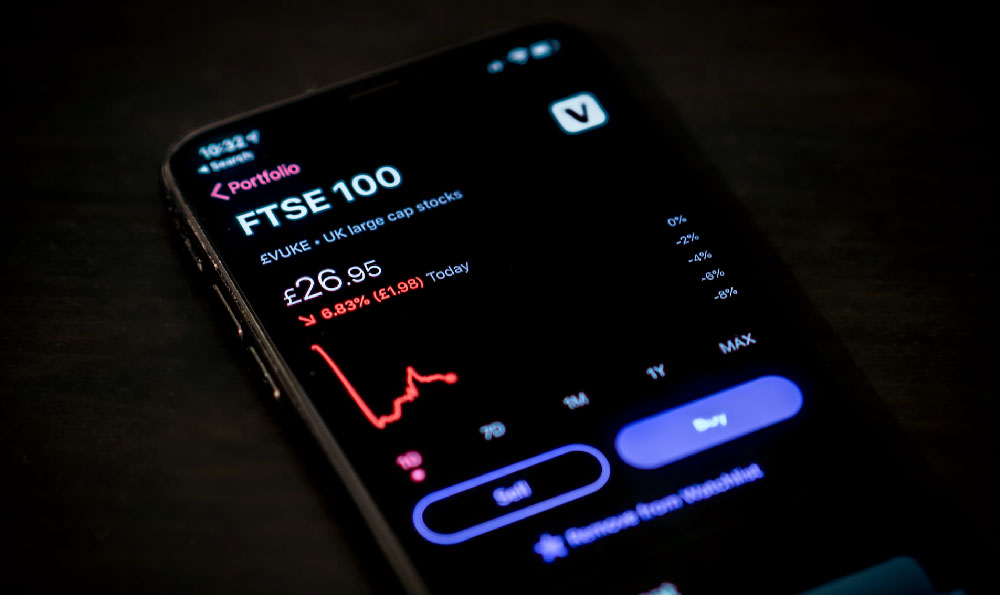How to Monetize a Radio Station: What Strategies & Best Practices Work?
Monetizing a radio station in today's dynamic media landscape requires a multifaceted approach that extends beyond traditional advertising models. While securing advertising revenue remains a cornerstone of financial stability, a successful strategy involves diversifying income streams, enhancing audience engagement, and embracing digital platforms. The key is to understand the evolving consumption habits of listeners and advertisers alike, and to adapt the station's offerings accordingly.
The foundation of any monetization strategy is a clear understanding of the station's target audience. What are their demographics, interests, and listening habits? This information informs programming decisions, advertising sales efforts, and the development of ancillary revenue streams. Conduct thorough market research, utilizing surveys, focus groups, and audience measurement tools to gain insights into listener preferences and unmet needs. This data-driven approach allows the station to tailor its content and advertising offerings to resonate more effectively with its core audience.
Advertising, of course, remains a crucial revenue source. However, the traditional 30-second spot is no longer sufficient. Explore creative advertising solutions that integrate seamlessly with the station's programming. Consider sponsored segments, where a local business underwrites a particular show or feature, gaining exposure through on-air mentions and branded content. Implement native advertising, crafting advertorials that blend naturally with the station's editorial content, providing value to listeners while promoting a sponsor's product or service. Leverage the power of endorsements by on-air personalities, as listeners often trust and value their opinions. Furthermore, package advertising deals to offer comprehensive marketing solutions to businesses, including on-air spots, website advertising, and social media promotion. Don't neglect the power of programmatic advertising, leveraging technology to automate the buying and selling of ad inventory and optimize ad placements for maximum impact.

Beyond traditional advertising, digital revenue streams offer significant growth potential. A robust online presence is essential, including a user-friendly website and active social media channels. The website should feature live streaming of the station's programming, on-demand audio content, and engaging articles and blog posts. Monetize the website through display advertising, sponsored content, and affiliate marketing. Social media platforms provide a valuable opportunity to connect with listeners, promote the station's programming, and generate revenue through sponsored posts and influencer marketing.
Podcasting represents a particularly promising avenue for monetization. Develop original podcasts that cater to niche interests or complement the station's existing programming. These podcasts can be monetized through advertising, sponsorships, and premium subscriptions. By offering exclusive content or ad-free listening experiences to subscribers, the station can generate recurring revenue. The key is to create high-quality, engaging content that listeners are willing to pay for. Promote the podcasts aggressively through the station's on-air programming, website, and social media channels.
Events and sponsorships can provide a significant boost to the station's bottom line. Organize concerts, festivals, and community events that align with the station's brand and appeal to its target audience. Secure sponsorships from local businesses, offering them prominent visibility at these events in exchange for financial support. Offer tiered sponsorship packages that provide varying levels of exposure, allowing businesses to choose the option that best fits their budget and marketing goals. Consider partnering with local charities or non-profit organizations to co-host events, further enhancing the station's community engagement and brand image.
Another often overlooked revenue stream is the sale of merchandise. Design branded merchandise, such as t-shirts, hats, and mugs, that appeal to the station's listeners. Sell these items online and at station events. Consider partnering with local artists or designers to create limited-edition merchandise, further increasing its appeal and value. This not only generates revenue but also strengthens the station's brand identity and fosters a sense of community among its listeners.
Embracing technology is crucial for maximizing revenue potential. Invest in audience measurement tools that provide detailed insights into listener demographics, listening habits, and advertising effectiveness. Utilize customer relationship management (CRM) systems to manage sales leads, track advertising performance, and personalize communication with advertisers. Explore the use of artificial intelligence (AI) to optimize advertising campaigns, personalize listener experiences, and automate routine tasks.
Building strong relationships with advertisers is paramount. Provide excellent customer service, understand their business goals, and tailor advertising solutions to meet their specific needs. Offer flexible advertising packages that can be adjusted based on performance. Provide regular reports on the effectiveness of advertising campaigns, demonstrating the value that the station provides. By building trust and demonstrating a commitment to their success, the station can cultivate long-term partnerships with advertisers.
Finally, continuous monitoring and adaptation are essential. The media landscape is constantly evolving, so it's crucial to stay abreast of the latest trends and technologies. Regularly review the station's monetization strategies, analyze performance data, and make adjustments as needed. Be willing to experiment with new approaches and adapt to changing listener preferences. By remaining agile and responsive to the market, the station can maximize its revenue potential and ensure its long-term financial viability. The radio station of the future is not just broadcasting sound, it is creating a holistic entertainment and information experience that generates value across multiple platforms.















